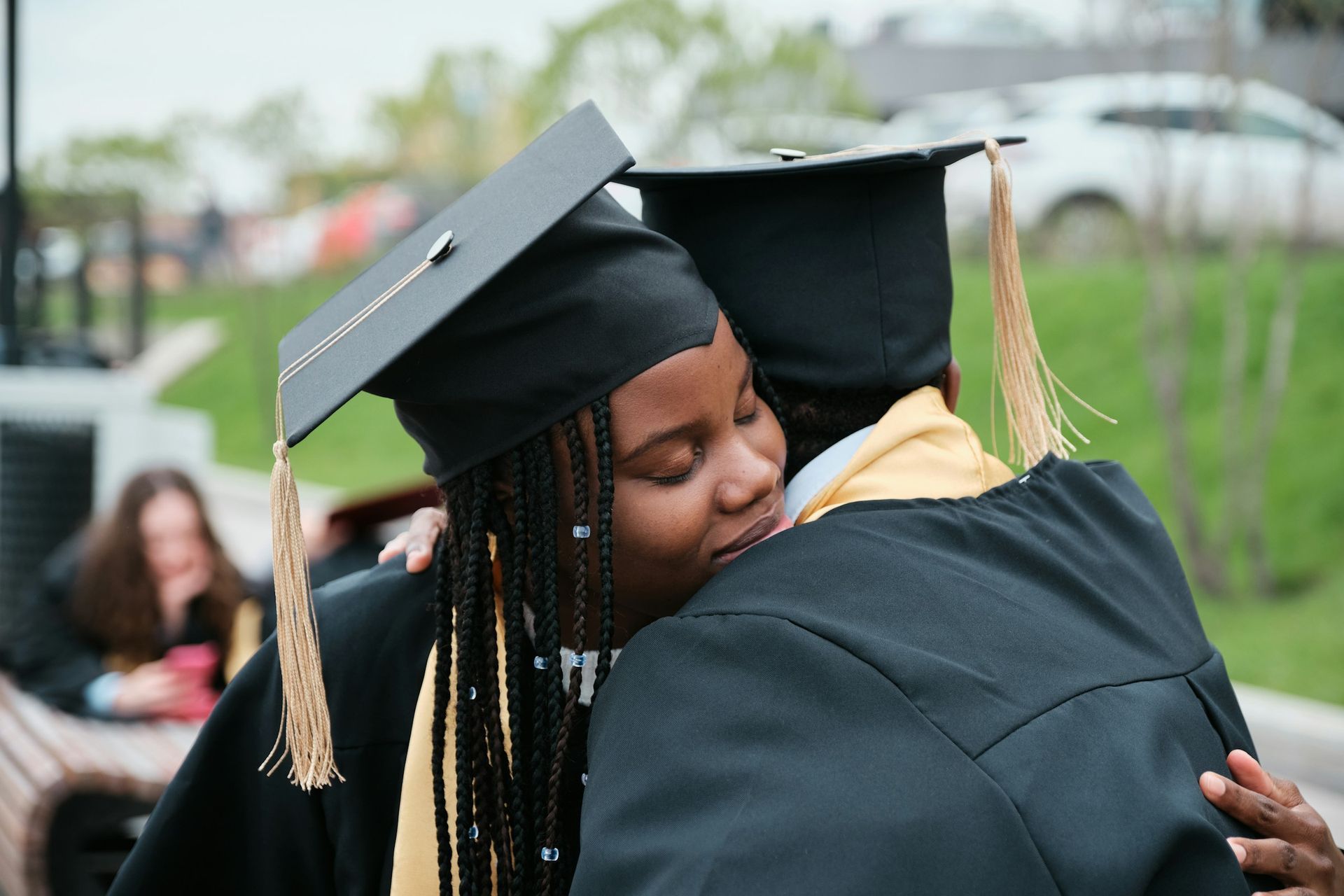The Crisis and Challenges in Arabic Language Education
For a language whose number of speakers worldwide is approaching 500 million, many of those interested in the Arabic language and its education know that this language is going through a crisis. Arabic is spoken by the majority of the population in 22 countries, mainly in the Middle East and North Africa.
It is also taught for cultural and religious reasons in many societies outside these 22 countries. Despite the above-mentioned facts, Arabic is struggling to be an attractive topic for its native speakers. Many in the growing generations find it easier to learn English and other languages than to learn Arabic, pursue studying Arabic, find creativity or innovation in learning or teaching Arabic, or advertise its education to other nations.
Perhaps one might even suggest that Arabic is in a crisis, evidently because this article is written in English and suggests a solution for the Arabic language crisis. However, I find no shame in writing this article in English, because it pioneers a solution for the crisis that might revolutionize the Arabic language to a global extent.
Technological Integration in Arabic Language Education
The solution emanates from an innate characteristic of Arabic that is unfortunately not taken into consideration in the currently used curricula for Arabic language education at its various levels. The evidence for the suggested solution here is both historical—it has always been there throughout the ages of the Arabic language—and applicable in a way that fits our technology-oriented modern life all over the world.
The idea of this solution is based on scientific facts about the Arabic language that make it more relevant to technological implementation. Arabic, in its very nature, has always had connections and relevance to the essences of coding and computing that have unfortunately not been adapted to learning and teaching Arabic in the last few centuries. This article will only deliver the broad headings of the bases of the suggested solution, because it gives a glimpse of a project that needs to be adopted on a wide range of educational platforms.
One of the biggest problems with Arabic language education is that it is based on memorization and boring repetition of textual resources that are immensely great but fit into the nature of their era many centuries ago. Trials to modernize Arabic language education worked to an extent with the school and university curricula during the last century—or I may just see this because it worked for me and my generation.
The Evolution And Structure of Arabic Poetry
Arabic was spoken innately and spontaneously by Arabic tribes in the Arabian Peninsula and a little beyond. The spread of Islam into the rest of the Middle East, North Africa, and Asia made learning Arabic an essential skill that prompted generation after generation to be more than keen to learn. Studying Arabic by scholars in an endeavor to make it teachable to the many nations with different language backgrounds led to the discovery of some features of the language that were not thought of by native speakers. One of these features is the system of constructing Arabic poetry.
In the 8th century, the Iraqi scholar Al-Khalīl ibn Aḥmad al-Farāhīdī developed a meter system based on his study of the musical meters that governed all the then-available Arabic poetry. Studying much of the available poetry that spanned many centuries before him and that was orally narrated, al-Farāhīdī discovered that all the poetry followed just 15 rhythmic patterns for syllable length. Al-Farāhīdī's fifteen rhythmic patterns (buḥūr (plural; singular: baḥr, literally “sea” in Arabic)) in the Arabic classical poetry meter stood the test of time, for all the scholars who came after him succeeded in discovering but one additional baḥr to make the total number of buḥūr 16, and this number has stayed the same over the last 13 centuries.
The basic metric components of Arabic vocabulary, whether it is used in poetry or prose, are the letters that come from the consonantal root (usually three letters, rarely more than that) and the vowel signs (usually termed “diacritics”). The vowel sounds that vocalize the consonantal root consist of ḥaraka, which means vowel movements, and the sukūn, which equals stillness or silence. In the Arabic poetry prosody system, which was named ʿIlm al-ʿArūḍ by al-Farāhīdī, these diacritics are given a binary system. The ʿIlm al-ʿArūḍ binary system consists of ḥarakas (vowel movements, shown as a vertical line ‘|’) and sukūns (stillness, depicted as a circle ‘○’). The ʿIlm al-ʿArūḍ binary system is exactly akin to the binary coding system, where ḥarakas (vowel movements ‘|’) are equal to the ones ‘1’ or the on-state of the bit, which represents the high voltage of the transistor, while the sukūns (stillness ‘○’) are equal to the zeros ‘0’ or the off-state of the bit, which represents the low voltage of the transistor.
Binary Coding and Arabic Grammer
In binary coding computing systems, the simple on-off signals (1 for on-state, 0 for off-state) were represented in early computers by physical switches or vacuum tubes. They later developed into transistors, enabling compact, reliable circuits that form bits—fundamental units combining into bytes, words, and complex data structures. Modern systems leverage billions of transistors in microprocessors, supporting intricate algorithms, AI, and quantum computing, where qubits extend binary with superposition for enhanced processing. This progression from basic states to sophisticated applications drives technologies like neural networks and blockchain.
In the field of Arabic grammar, to understand the position of a word in a sentence—whether it is a noun, a verb, an adjective, or anything else—the ending of the word should take a grammatical case. The grammatical cases in Arabic are determined by the same concept of ḥarakat (“vowel movements”) and sukūn (“stillness”). The concept of grammatical cases that change words based on their grammatical position in a sentence is not unique to the Arabic language; it is an essential part of Russian and German, among other languages.
What is unique to the Arabic language is the relevance of these grammatical diacritics to the concept of coding. Diacritics (collectively ḥarakat and sukūn) can be amenable to coding in computer programs. So, any ḥaraka ‘|’ and sukūn ‘○’ can be coded into the bits of the binary system (1 for on-state, 0 for off-state). Arabic syntax, traditionally named ʿIlm al-Naḥu, can benefit from this coding amenability to provide tech-savvy generations with attractive solutions like gamification or mobile apps to make them understand Arabic grammar or syntax (ʿIlm al-Naḥu). While some language education apps, for example Duolingo, include Arabic among their list of taught languages, they do not provide sufficient grammar or syntax knowledge or skills for the users. The coding feature of Arabic diacritics is a promising solution for modernizing Arabic grammar education and making it attractive for technology-native young people.
Modernization Arabic Word Formation and Coding
In the other field of Arabic word morphology, ʿIlm al-Ṣarf is the knowledge and practice of word formation. This practice of word formation used to be spontaneously done by native Arabic speakers in Arabia for millennia, and it is still practiced in all Arabic dialects in any majority Arabic-speaking country.
In its original classical Arabic form, this Ṣarf is applied to the letters of consonantal roots of any word by adding different numbers and sequences of ḥaraka and sukūn to them (the consonantal root letters) to form any Arabic word. This same Ṣarf can also be applied to non-Arabic words to provide plural or singular forms of them, to derive a verb or a noun from them, or to make them useful either in day-to-day use in Arabic dialects or even in formal writing systems that use modern Arabic.
Again, the system of ḥaraka ‘|’ and sukūn ‘○’ can be coded into the bits of the binary system (1 for on-state, 0 for off-state). Coding Ṣarf can help in practicing word formation for Arabic language learners. Available solutions, for example the Memrise app, use rote vocab, which depends on the least effective and least dynamic way of repetition and memorization to learn Arabic vocabulary.
The coding solution can even be gamified into a mobile app using touch-drag, virtual reality, or graphic design principles. Artificial intelligence can also have a role in designing Arabic Ṣarf education, not on the widely used Natural Language Processing (NLP) or pattern detection in Arabic text big data resources but based on the principles of coding and Arabic binary diacritics.
Going back to ʿIlm al-ʿArūḍ, another feature of the Arabic language lies in the meters used in Arabic poetry. Arabic and a few other languages use the syllable length meter as opposed to the stress iambic meter in English poetry. The syllable length meter uses what is called tafʿīla (literally "patterned unit"). This makes it an objective quantitative system, which gives it an advantage over the subjective qualitative stress-based iambic English poetry meter.
The binary system of ḥaraka ‘|’ and sukūn ‘○’ in tafʿīlāt makes it codable by the bits of the binary coding system (1s and 0s). Arabic poetry is the least endangered aspect of the Arabic language because of its deeply rooted, soul-stirring cultural and musical features that are widely cherished by Arabic speakers. Nevertheless, it has many educational and research opportunities to serve a larger purpose in historical, political, and even scientific studies.
Arabic poetry once was a widely used educational tool that helped learners not just in studying language, but also in studying mathematics, physics, medicine, and astronomy, among many scientific fields. These educational poems are still available in many manuscripts that are valued not just for their cultural and historical value, but also for their scholarly significance. Coding Arabic poetry tafʿīlāt using the computer binary system (1s and 0s) can make it easier for future technology-native generations of researchers to explore these manuscripts of educational poetry, regardless of what language they speak natively.
It might be out of the scope of this article to discuss how many other historical applications of coding systems in various civilizations were used in different fields of trade, architecture, and mathematics that can support the idea of using a coding system to study the Arabic language, considering how it is ideally suited for computational coding based on the above. Gamification, music, and many exponential technologies are also future directions for coding the Arabic language that will not only impact the Arabic-speaking world but can also globally revolutionize the field of education.
A Revolutionary Call for an Arabic Based Coding System
To summarize, the above is just a revolutionary idea to call on experts in the fields of education, languages, coding, and other technologies, and to draw their attention to some features in the Arabic language. These basic features of Arabic make it ideally suited to have its own coding system, which is a unique and novel coding system. It should also be emphasized that the called-for coding system is expected to be totally distinct from any other English-language-based coding system. It might even introduce a new computing language rather than use commonly used languages like Python, Java, and JavaScript. The proposed coding system might transcend the proposed uses in language education to have wider applications in many educational, research, and even industry fields.
Author
Dr. Yasser Abdullah, a UK-educated ophthalmology specialist, excels in retina, glaucoma, and cataract surgery. As Clinical Informatics Lead and Safety Officer at an NHS Trust, he merges clinical expertise with technological innovation. His research in biomedical ethics, particularly on AI in medicine, is grounded in his Masters from the University of Edinburgh. Abdullah is an active contributor to international and UK-based academic and clinical projects, reflecting a commitment to advancing both ophthalmologic care and ethical medical practice



